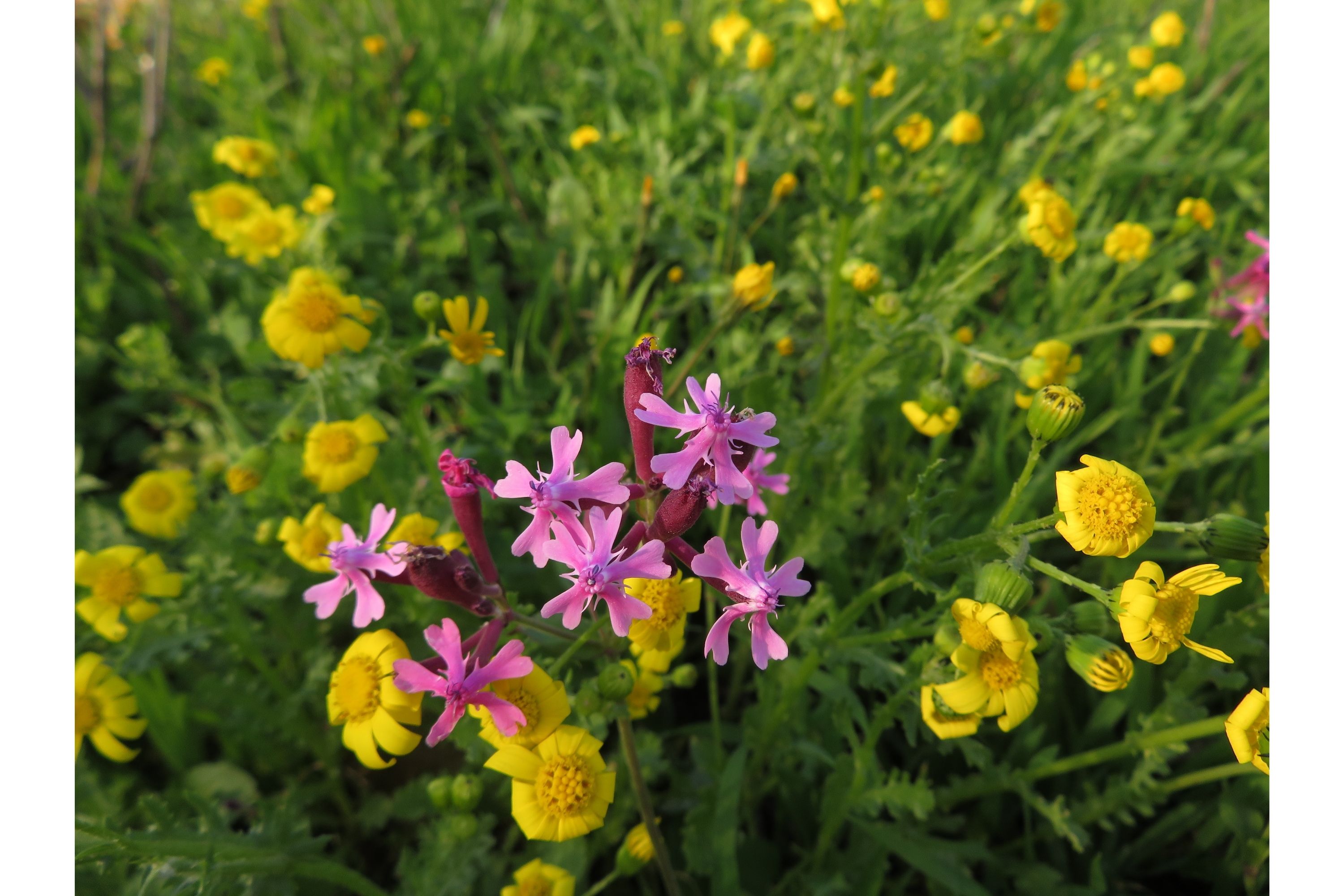Pleudia aegyptiaca
(Pleudia aegyptiaca)

Description
Salvia aegyptiaca (Synonym: Pleudia aegyptiaca) is a species of herbaceous plant belonging tothe lamiaceae family. It is originally from Macaronesia to India. It is a small plant with lanceolae and dentate bellows and its inflorescences are panicles with small maciu violet flowers. It is distributed throughout Macaronesia, North Africa and extends to India. Salvia aegyptiaca was studied for its use in traditional medicine to treat phoria, gonorrhea and hemorrhoids, in addition to being used as a demulcent, antispasmodic, healing, antiseptic and stomachic agent. Its non-polar extracts were tested for antimicrobial activity and showed inhibitory effect on microorganisms such as Bacillus subtilis, Pseudomonas aeruginosa, Candida albicans and Staphylococcus aureus. Terpene compounds of this species such as 6-methylcryptoacetalide, egyptinones A and B, 6-methyl-epicryptoacetalide and 6-methylcryptotanshinone were isolated. The Egyptian Salvia was described by Pierre Edmond Boissier as published in the List of New Plants 72. 1838. Salvia is the largest genus of plants in the sage family Lamiaceae, with nearly 1000 species of shrubs, herbaceous perennials, and annuals. Within the Lamiaceae, Salvia is part of the tribe Mentheae within the subfamily Nepetoideae. One of several genera commonly referred to as sage, it includes two widely used herbs, Salvia officinalis (common sage, or just "sage") and Salvia rosmarinus (rosemary, formerly Rosmarinus officinalis). The genus is distributed throughout the Old World and the Americas (over 900 total species), with three distinct regions of diversity: Central America and South America (approximately 600 species); Central Asia and the Mediterranean (250 species); Eastern Asia (90 species). Salvia species include annual, biennial, or perennial herbaceous plants, along with woody subshrubs. The stems are typically angled like other members in Lamiaceae. The leaves are typically entire, but sometimes toothed or pinnately divided. The flowering stems bear small bracts, dissimilar to the basal leaves—in some species the bracts are ornamental and showy. The flowers are produced in racemes or panicles, and generally produce a showy display with flower colors ranging from blue to red, with white and yellow less common.
Taxonomic tree:







